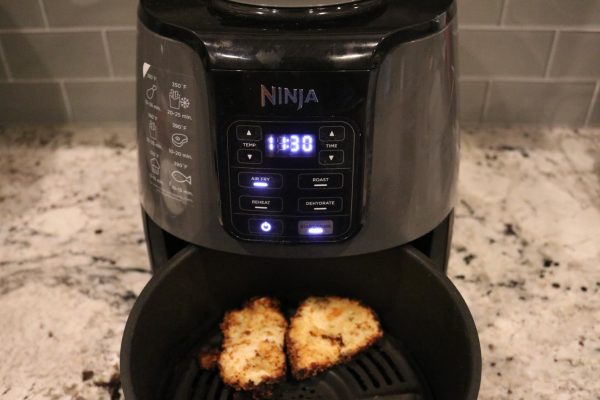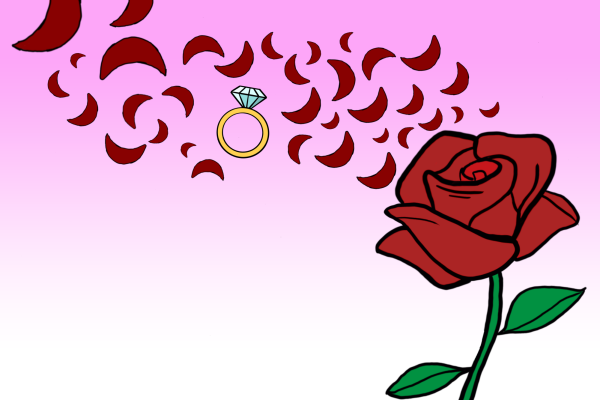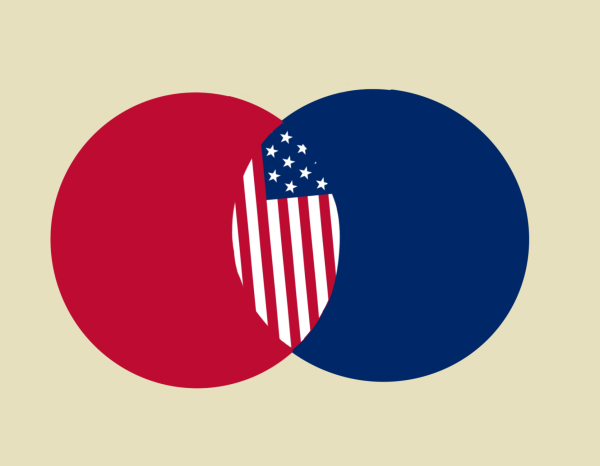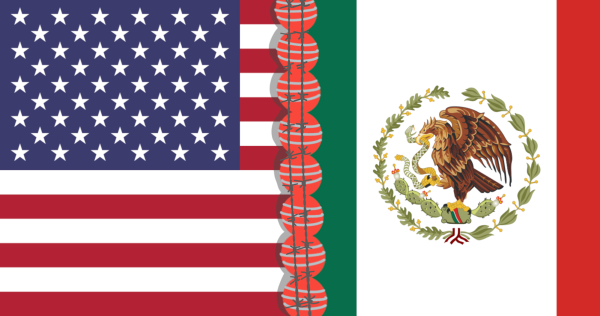A Side of Pumpkin
A small DIY project for the Fall
A large rounded orange-yellow fruit with a thick rind, edible flesh and many seeds. Or just a pumpkin if you want to be simple about it. This sweet fruit is used in pies, casseroles and decorations throughout the entirety of Fall, especially around Halloween and Thanksgiving. With fall just starting, one way to get into the season is to create woven pumpkins, a DIY project that can be found on freutcake.com.
The pumpkin is fairly easy to make, the only requirements being the pumpkin itself, yarn and hot glue. When choosing the pumpkin, I would suggest using a faux pumpkin rather than a real one. This is to ensure that the final product lasts longer and that there’s no worry of rot. I myself used a small craft pumpkin from the store Michaels that costs five dollars. The yarn can be of any color or thickness. This depends on the creator, as does the size of the pumpkin. Just note; the larger the pumpkin, the more yarn required to cover it.
To start creating the pumpkin, make a base by winding the yarn into a spiral and gluing it onto the bottom of the pumpkin.
From here, the design is determined based on the creator. I wrapped my pumpkin in a vertical formation by trailing a line of glue from the base to the stem and carefully placing the strand onto the glue. I continued this process until the entire pumpkin was covered in yarn. Other ways to cover the pumpkin are; wrapping it horizontally, zig-zag or alternating colors in a vertical formation.
The entire process takes roughly 30 minutes but the timing may vary upon the size of the pumpkin used.
The only downside to the project is the use of hot glue. If you are worried about your ability to be precise, I recommend choosing a safer project as this one may result in burned fingers. However, if the project interests you, the end result is quite worth it.
If/when you are burned, it’s important to wash the burned places with cold water. This is the simplest and most effective way to cool down the skin and combat irritation, though the burned areas will still be sensitive until the skin is healed. Using a cotton ball dipped in vinegar and rubbing it onto the affected skin will kill any harmful microorganisms that may linger. The most important thing is to not use ice, as it may damage the skin tissue.
The project itself was definitely worth the burns. It currently sits as a decoration on my bookshelf.













